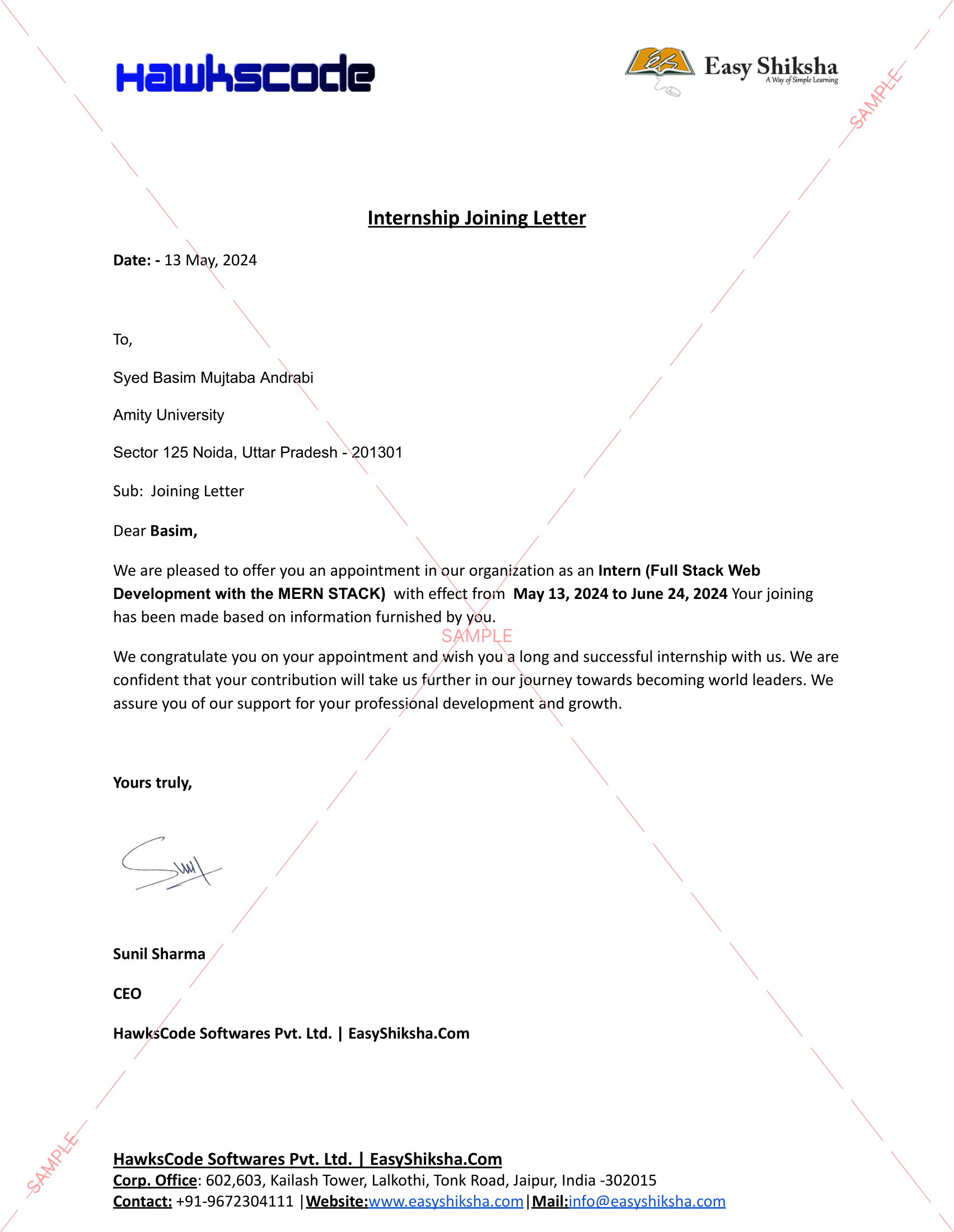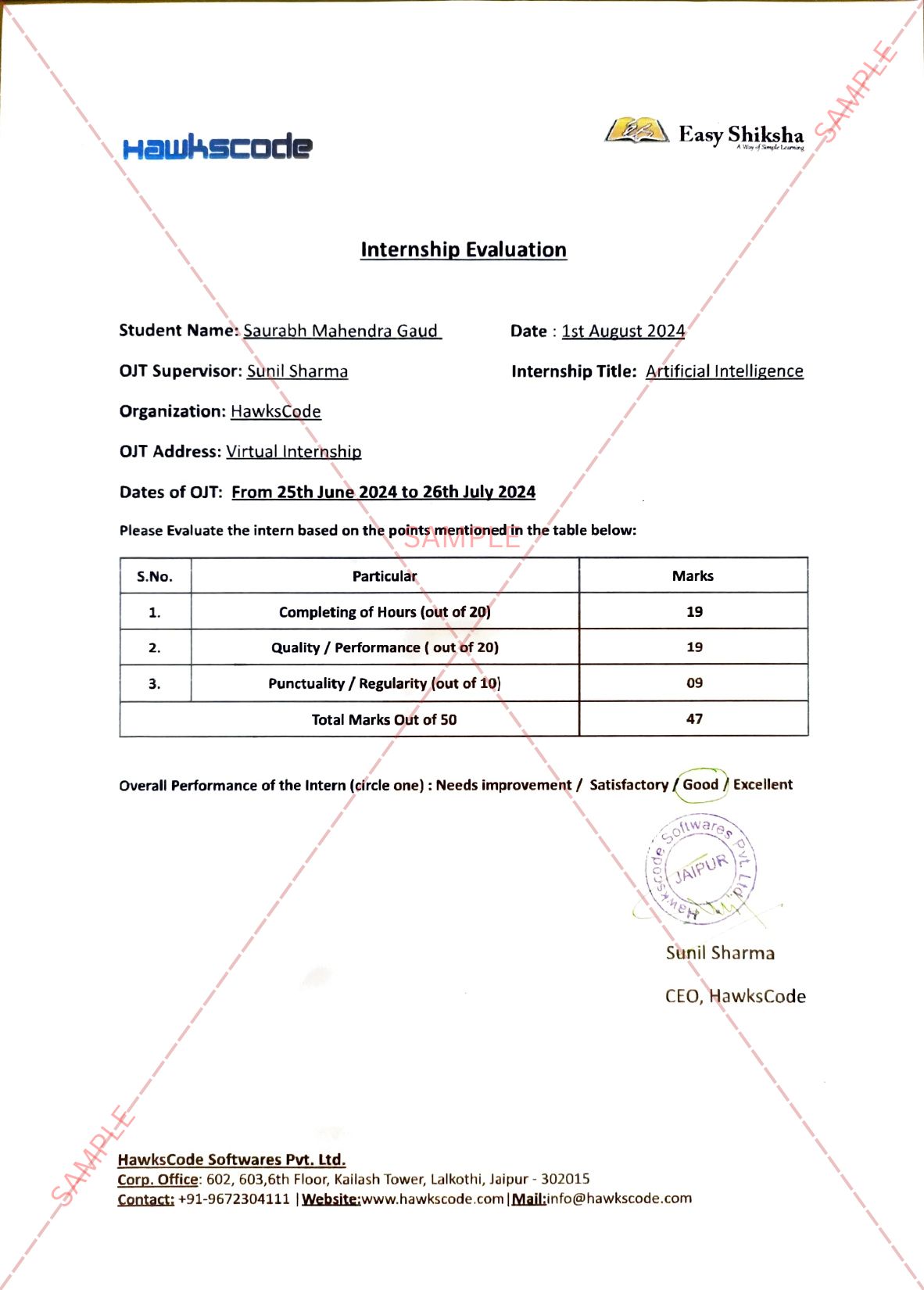










We are living in uncharted territory. The COVID-19 crisis has swept over us like a wave; and it’s yet to crash on those least able to cope. Yet in the face of this tremendous challenge, there is also an opportunity to envision a new future and enact workable solutions to intractable problems. It is only when the status quo has been overturned, that we are able to shape a new reality.
Alongside the devastating effects on human life, the outbreak and resulting lockdowns and social distancing measures have already had a considerable impact on businesses and their employees. With no end in sight to the Coronavirus, businesses are implementing telecommuting and work-from-home policies. This is a welcome and necessary step to ensure continuity in the marketplace.
However, to enact these policies only during this time of crisis is not enough. Indian companies must continue to support and advocate for work-from-home options even after the worst of the outbreak is over, if we hope to see any sort of economic recovery. Work-from-home policies make a company more agile; they increase employee efficiency. And, most importantly, they provide the means for many more women to remain in the workforce, a crucial factor in the economic recovery of households, and the nation as a whole.
In spite of technology advances like broadband access, cloud-sharing, and multiple video calling platforms that have made the mechanics of working from home easier, many Indian businesses have remained skeptical of the practice, due to the belief that unmonitored employees tend to be inefficient and purposeless. However, there is a growing sentiment that working from home creates a better work-life balance. There’s an undeniable comfort that comes from working in your own space, not to mention the freedom that comes from setting one’s own schedule. This freedom and flexibility not only increase job satisfaction, but also opens doors to achieving greater productivity. Working from home also eliminates time wasted in long commutes - which are substantial in any Indian city - thus further increasing employee productivity.
Work from home options also make it possible for Indian women to remain in the workforce. For years, aspiring career women have fought towards equality. They have pursued higher education and work experience in their quest for the corner office, only to discover that they are saddled with domestic chores and family obligations as they near the pinnacle of their careers. A lack of family-friendly or flexible maternity and paternity leave policies mean that many women must choose between their children or their careers. Even women who choose to forego families for their careers continue to face wage gaps, sexism and harassment in the workplace, and gendered stereotypes. These structural barriers force many women out of the workplace, either temporarily or permanently.
Allowing more flexible work-from-home policies would mean that women don’t need to choose
between their careers and their home responsibilities. They would not need to stress over
childcare, workplace harassment, or unsafe commutes. Freed of these burdens, they could focus on fulfilling their potential as contributing members of the workforce.
According to the US-based National Women’s Law Center (NWLC), the number of women who have lost their jobs in the past few months due to the pandemic is greater than the 11.1 million jobs women gained between the end of the Great Recession in July 2010. In many of the industries where employee cuts have been made, women are not only losing jobs, but are losing them at a disproportionately higher rate than men who work in the same field. For example, in the leisure and hospitality sector, women accounted for 52% of the industry workforce but made up 54% of job losses. In education and health services, women made up 77% of the workforce but accounted for 83% of job losses. In retail, women made up 48% of the workforce but accounted for 61% of the job losses.
There are several explanations for this phenomenon. One of them is that women, as compared to their male counterparts, are perceived to be more expendable by employers. Even within households, women are far more likely to opt out of the workforce than their spouses, because they often earn less, and the burden of childcare and domestic work already falls on them, so they choose to focus on that full-time.
However, this uneven playing field between women and men comes at a significant economic cost as it hampers productivity and growth. Both genders bring different skills and perspectives to the workplace, including different attitudes, risk-taking approaches and collaborative skills. They complement each other and build a more diverse workplace, thus creating additional value for employers.
Employing women also increases income equality between genders. With more women earning, household spending power goes up. This, as a result, not only expands the demand for goods and services but also creates an impetus for jobs, further leading to growth in the GDP of a country.
To build this diverse, efficient, and productive workforce in a post-pandemic world, we must overhaul the current system that prevents women from entering and remaining in the workforce. At home, we need to recognize the myriad facets of women’s work, and put support structures in place that allow for an equitable sharing of domestic chores and care work. In the workplace, employers must create favorable opportunities for work and livelihood, through implementing work from home policies. This would be the easiest and most effective step to pave the way for shifting gender norms towards greater equality, at home and at work.
The post-pandemic - medium, to long-term economic recovery measures represent a unique opportunity for policymakers and employers to institute bold measures for more resilient, inclusive, and substantial economies, and to reshape industrial development. In doing so, it is paramount to harness women’s full potential as leaders, innovators, and agents of industrial change. By offering work-from-home policies, to the point that it becomes the norm for a majority of the workforce, Indian companies will be able to tap their employees’ skills and
efficiencies. They will be able to build a diverse, dynamic, and productive workforce. And they will benefit from creating more flexible arrangements for the other 50% of the population, who have so much to contribute, if only given the opportunity.
More News Click Here

Discover thousands of colleges and courses, enhance skills with online courses and internships, explore career alternatives, and stay updated with the latest educational news..

Gain high-quality, filtered student leads, prominent homepage ads, top search ranking, and a separate website. Let us actively enhance your brand awareness.